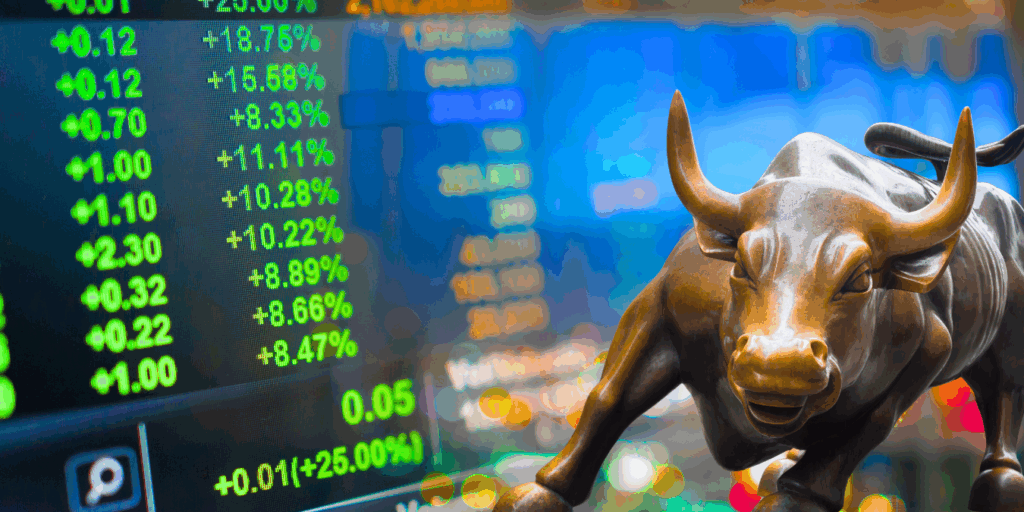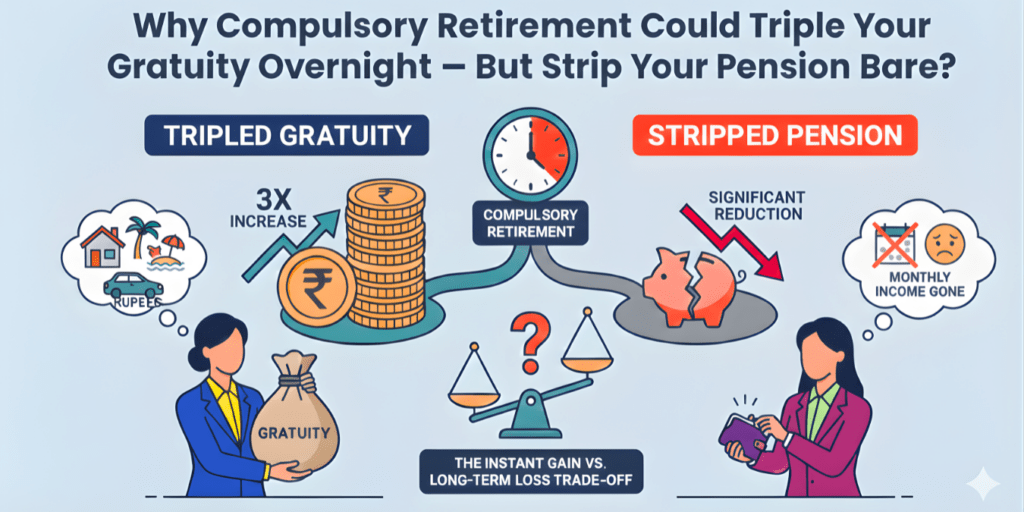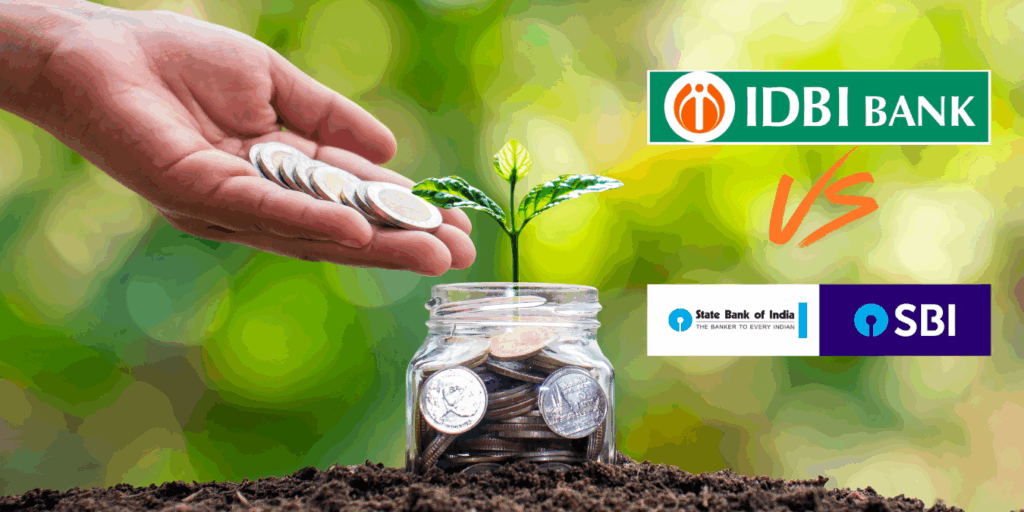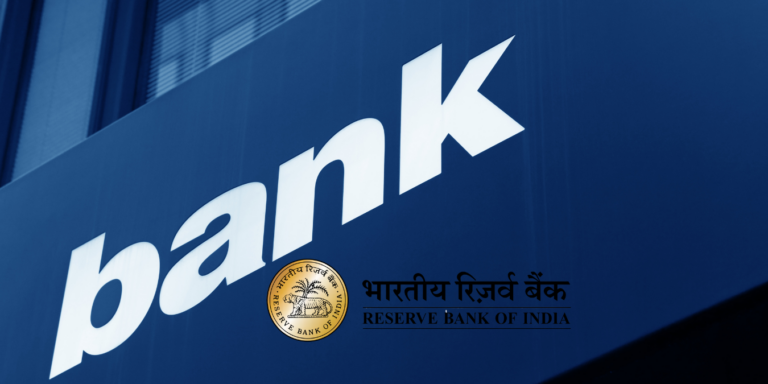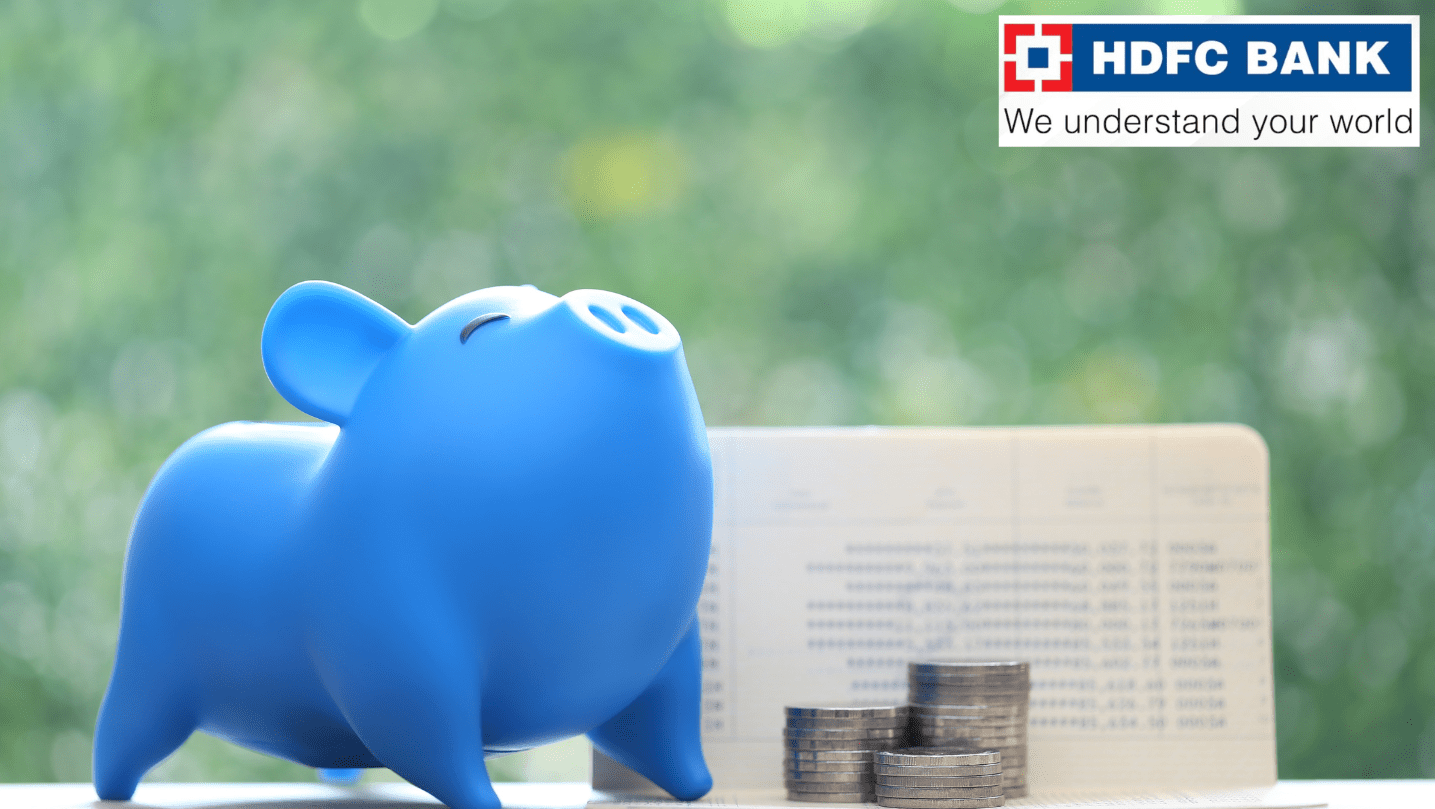
HDFC Bank reduces FD rates for select tenures—check the latest fixed deposit interest rates. Compare revised rates, explore best investment options, and plan your savings wisely. Stay updated with HDFC Bank FD changes for better returns.
HDFC Bank, India’s leading private sector bank, has announced a reduction in fixed deposit (FD) interest rates for specific tenures, effective April 19, 2025. This decision aligns with the Reserve Bank of India’s (RBI) recent monetary policy adjustments, which saw the repo rate cut by 25 basis points (bps) twice in 2025, bringing it to 6%. As fixed deposits remain a cornerstone of risk-averse investment portfolios in India, these rate cuts have significant implications for depositors seeking safe and guaranteed returns. This blog post provides an in-depth analysis of HDFC Bank’s FD rate cuts, their impact on investors, and strategies to optimize returns in a low-interest-rate environment. Packed with the latest data, this guide aims to help you navigate the evolving financial landscape.
HDFC Bank’s FD Rate Cuts: What’s New?
HDFC Bank has reduced FD interest rates by up to 50 bps for select tenures on deposits below ₹3 crore, reflecting the RBI’s accommodative monetary stance. The revised rates, effective April 19, 2025, affect the following tenures for general citizens:
- 15 months to less than 18 months: Decreased by 5 bps, from 7.10% to 7.05%.
- 18 months to less than 21 months: Slashed by 20 bps, from 7.25% to 7.05%.
- 21 months to 2 years: Reduced by 30 bps, from 7.00% to 6.70%.
- 2 years 1 day to less than 3 years: Cut by 10 bps, from 7.00% to 6.90%.
- 3 years 1 day to less than 5 years: Lowered by 25 bps, from 7.00% to 6.75%.
- 5 years 1 day to 10 years: Decreased by 50 bps, from 7.00% to 6.50%.
Senior citizens continue to benefit from an additional 0.50% interest, with the highest rate now at 7.55% for tenures between 15 months and 18 months. Additionally, HDFC Bank has discontinued its Special Edition FD schemes, which previously offered 7.35% for 35 months and 7.40% for 55 months, effective April 1, 2025. These schemes were popular among depositors seeking higher yields for medium-term investments.
The current FD interest rate range for general citizens spans 3.00% to 7.10%, while senior citizens can earn between 3.50% and 7.55%, depending on the tenure (7 days to 10 years). For deposits above ₹3 crore, rates are slightly higher, but the cuts primarily impact retail investors. These changes position HDFC Bank competitively against peers like State Bank of India (SBI) and ICICI Bank, which have also adjusted rates following the RBI’s policy shifts.
Why Are FD Rates Being Cut?
The primary driver behind HDFC Bank’s FD rate cuts is the RBI’s repo rate reductions in February and April 2025, lowering the repo rate from 6.25% to 6%. The repo rate determines the cost at which banks borrow from the RBI, influencing their deposit and lending rates. A lower repo rate reduces banks’ cost of funds, prompting them to adjust FD rates to maintain profitability. HDFC Bank’s decision mirrors actions by other major banks, including SBI, which cut rates by 25-50 bps for select tenures, and Bank of India, which reduced rates by up to 25 bps.
HDFC Bank’s robust financial performance also supports its ability to lower rates without compromising growth. In the January-March 2025 quarter, the bank reported a 15.8% year-on-year increase in average deposits, reaching ₹25.28 lakh crore. This growth, driven by enhanced distribution networks and digital banking initiatives, allows HDFC Bank to optimize its cost of funds while remaining attractive to depositors.
The broader economic context further explains the rate cuts. With retail inflation within the RBI’s 2-6% target range (projected at 4.5% for FY26) and expectations of additional repo rate cuts in mid-2025, banks are preparing for a sustained low-interest-rate environment. This trend encourages depositors to act swiftly to lock in higher rates before further reductions.
Impact on Investors: How Do the Rate Cuts Affect You?
The FD rate cuts have varying implications for different investor segments. Here’s a breakdown:
1. Short-Term Investors
For tenures ranging from 7 days to 1 year, rates remain unchanged at 3.00% to 5.75% for general citizens and 3.50% to 6.25% for senior citizens. These tenures suit investors parking surplus funds temporarily, such as for emergency savings or short-term goals. However, the low rates may not keep pace with inflation, reducing real returns. Investors can explore sweep-in FDs, which offer FD-like returns with savings account liquidity.
2. Medium-Term Investors
The most significant cuts target medium-term tenures (15 months to 5 years), popular among conservative investors seeking stable returns. For instance, the 18-to-21-month tenure’s rate dropped from 7.25% to 7.05%, reducing interest earnings. A ₹2 lakh FD at 7.25% for 21 months would yield approximately ₹26,112 in interest (compounded quarterly), but at 7.05%, it yields ₹25,344—a loss of ₹768. Investors in this segment should compare rates across banks or consider liquid funds or short-duration debt funds for better tax efficiency and flexibility.
3. Long-Term Investors
Long-term FDs (5 to 10 years) face the steepest cut, with rates falling from 7.00% to 6.50%. This impacts investors planning for long-term goals like retirement or children’s education. Senior citizens, however, benefit from a 7.00% rate, making FDs viable for conservative portfolios. Tax-saving FDs with a 5-year lock-in, offering 6.50% for general citizens and 7.00% for senior citizens, provide additional benefits under Section 80C.
4. Senior Citizens
Senior citizens remain a priority for HDFC Bank, with rates up to 7.55% for 15-to-18-month tenures. These rates support regular income needs through monthly or quarterly payouts. However, investors must consider Tax Deducted at Source (TDS) on interest exceeding ₹50,000 annually and a 1% penalty for premature withdrawals.
Strategies to Maximize Returns in a Low-Interest Environment
To navigate the impact of FD rate cuts, investors can adopt the following strategies:
1. Lock in Current Rates
With expectations of further repo rate cuts in mid-2025, depositors should book FDs at current rates, particularly for tenures offering 7.05% to 7.10%. This locks in higher returns before additional reductions occur.
2. FD Laddering
Laddering involves dividing investments across multiple tenures to balance liquidity and returns. For example, instead of investing ₹5 lakh in a single 3-year FD, split it into five ₹1 lakh FDs with tenures of 1, 2, 3, 4, and 5 years. This ensures periodic maturity, allowing reinvestment at potentially higher rates.
3. Compare Rates Across Institutions
While HDFC Bank offers competitive rates, other banks and DICGC-insured NBFCs may provide higher yields. For instance, some NBFCs offer up to 9.50% on FDs through platforms like Stable Money. Always verify the institution’s credibility and DICGC coverage (up to ₹5 lakh per depositor).
4. Explore Alternative Investments
For investors open to moderate risks, liquid funds, ultra-short-duration funds, or corporate FDs may offer better returns. Liquid funds are tax-efficient, as taxes apply only upon redemption, unlike FDs where interest is taxed annually. Consult a financial advisor to align alternatives with your risk profile.
5. Leverage HDFC Bank Facilities
HDFC Bank’s sweep-in FD links FDs to savings accounts, allowing automatic withdrawals for emergencies while earning FD rates on the remaining balance. The overdraft facility enables borrowing up to 90% of the FD amount without breaking the deposit, ensuring liquidity.
Tax and Withdrawal Considerations
Investors must account for the following:
- TDS: Interest income above ₹40,000 annually (₹50,000 for senior citizens) attracts 10% TDS. Without a PAN, TDS rises to 20%. Form 15G/H can exempt eligible depositors from TDS.
- Premature Withdrawal: HDFC Bank charges a 1% penalty on the applicable rate for premature withdrawals, except for 7-to-14-day FDs. The rate is the lower of the original tenure’s base rate or the rate for the tenure held.
How to Open an HDFC Bank FD
Opening an FD is straightforward:
- Online: Use HDFC Bank’s NetBanking or mobile app. Navigate to “Open Fixed Deposits,” select tenure and amount, add nominee details, and confirm. Non-customers can opt for the Direct Deposit FD without a savings account.
- Offline: Visit a branch, submit an FD application form, KYC documents (PAN, address proof), and deposit via cash, cheque, or demand draft.
The minimum deposit is ₹5,000, with tenures from 7 days to 10 years. Use HDFC’s FD calculator to estimate returns based on the latest rates.
Adapting to the New FD Landscape
HDFC Bank’s FD rate cuts for select tenures, driven by the RBI’s repo rate reductions, signal a shift toward a low-interest-rate environment. While the cuts reduce returns, strategic approaches like locking in rates, laddering FDs, exploring alternatives, and leveraging bank facilities can help investors optimize earnings. Senior citizens, with access to rates up to 7.55%, remain well-positioned to benefit from FDs. Staying informed and proactive is crucial in this dynamic financial landscape.
For the latest FD rates, visit HDFC Bank’s official website or consult a financial advisor. How are you adjusting your FD strategy? Share your insights below!
Disclaimer: Rates are subject to change. Verify with HDFC Bank before investing. This blog is informational and not financial advice.

